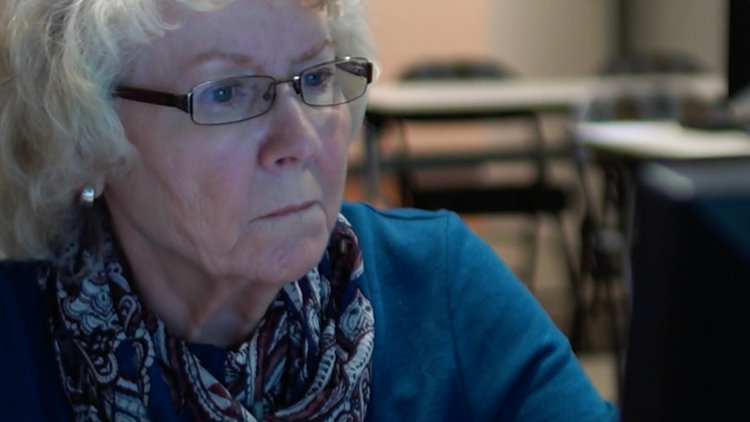As the nation’s population ages, more and more seniors are staying in the workforce—and at highly concentrated rates in North Texas cities.
Plano has the highest percentage of seniors in the workforce of any city in the country, according to an analysis of U.S. Census Bureau data done by Provision Living.
You can click here to see a breakdown of all the communities in this study.
The analysis looked at cities with a total population of 200,000 people or more. Of the more than 34,000 residents of Plano older than 65, a quarter are working.
The same analysis found that Plano’s senior workforce grew at a quicker pace than its senior population from 2009 to 2017. The number of seniors in the workforce grew 99 percent over that time frame, while the overall senior population increased 65 percent.
Of the 15 U.S. cities with the highest percentage of their seniors working, four additional cities were in North Texas. Arlington, Irving, Dallas, and Garland ranged from having 21 to 23 percent of seniors participating in the workforce. Austin, Lubbock, and Houston were also in the top 15.
Statewide, one of the biggest factors contributing to the concentration of senior workers is the aging of Baby Boomers, said Lloyd Potter, State Demographer with the Texas Demographic Center. The second contributing factor is that the aging population is healthier, Potter said.
“By and large, the seniors are healthier,” Potter said. “You have people who are physically able to work and are interested in working.”
By 2030, all baby boomers will be older than 65, leaving the state’s population of people of retirement age to grow to 5.9 million, according to a report by the Texas Demographic Center.
The number of those 65 and older who choose to continue working past retirement age likely depends on their education level and the type of work they’re doing, Potter said.
In Plano, 58 percent of the population holds a bachelor's degree or higher, said Christina Day, the city’s director of Planning.
Day said Plano’s top professions are related to management and office work, which continue to translate as communities age.
Access to health care from a number of area medical facilities, property tax breaks for those 65 and older and offerings from the parks department are a draw for seniors to the city, Day said.
But in Day’s personal experience, seniors are also looking at factors that draw many young families to communities — jobs and schools.
“I live here because great jobs, great schools,” Day said. “So when my parents retired, where did they move? To Plano, so they could be near their grandkids.”
Day said both her parents are still in the workforce.
To see exact numbers for all the top communities in the study, click here.



